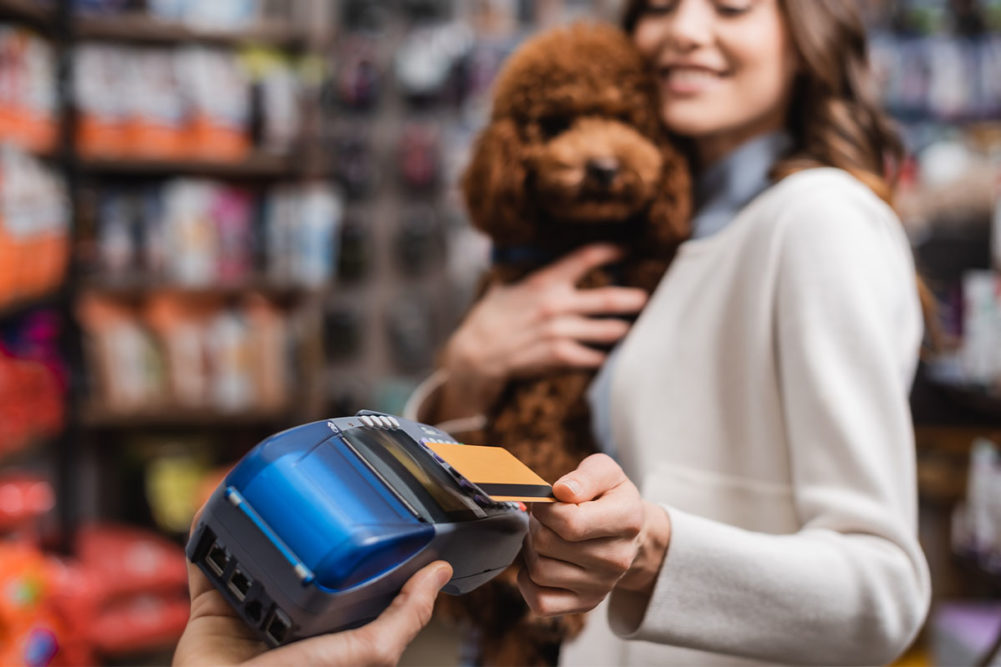CORAL GABLES, FLA. — Rising pet ownership and increasing pet product demand is proving to significantly benefit the US economy. According to Pet Advocacy Network’s recently released “The Economics of the US Pet Food and Pet Supply Industry” study, the pet industry contributed $260.5 billion, directly and indirectly, to the US economy in 2021. And this contribution is only expected to continue.
Sponsored by the Pet Advocacy Network, American Pet Products Association (APPA), Pet Food Institute (PFI), Pet Industry Distributors Association (PIDA) and World Pet Association (WPA), the study details the significant impact the pet food and supplies industry had on the US economy in 2021.
“This industry collaborative study shows the continued growth and importance of the pet sector,” said Vic Mason, president of the WPA.
Overall economic impact
In 2021, more than half (70%) of US households owned at least one pet, amassing to 84.9 million pet-owning households, according to APPA. Fifty-four percent of households owned a dog and 35% owned a cat. Altogether, Americans owned 186 million dogs and cats total. Nine percent of households owned freshwater fish, 8% owned birds, 5% owned small mammals, 4% owned reptiles and 2% owned saltwater fish.
APPA also detailed that 23 million households got a new pet between the spring of 2019 and summer of 2022, subsequently furthering pet product spending.
According to the study, the overall pet market supports nearly 2.78 million jobs throughout the United States, with about 1.09 million people directly working in a pet business and 1.68 million people serving the industry indirectly.
Total economic output increased 18% from $221 billion in 2015 to $260.5 billion in 2021. The industry contributed $23.4 billion in taxes at the local, state and federal levels generated by consumer expenditures. In 2021, the industry contributed $174.67 billion in annual gross domestic product (GDP) to the economy.
US households directly spent $93.95 billion in 2021 on products for their pets, with pet food and treats accounting for the largest expenses for pet parents at $50 billion, according to the APPA’s 2021 State of the Industry data. Households spent $29.8 billion on pet supplies, live animals and over-the-counter medications; $34.3 billion on veterinary care and product sales; and $9.5 billion on pet services.
State breakdowns
The states that spent the most on their pets in 2021 were California, Texas and Florida.
According to Pet Advocacy Network, in 2021, there were 13.1 million households in California, of which 57% owned at least one pet. More than 40% owned at least one dog and about 23% owned at least one cat. California pet parents spent $10.02 billion on their pets in 2021, generating an estimated tax revenue of $1.61 billion.
In 2021, there were 9.9 million households in Texas, of which over half (58%) owned at least one pet. More than 43% owned at least one dog and 21% owned at least one cat. Texas pet owners spent $7.71 billion on their companions in 2021, generating an estimated tax revenue of $1.01 billion.
There were 7.93 million households in Florida in 2021, of which more than 54% owned at least one pet. Forty percent owned at least one dog and 24% owned at least one cat. Florida pet parents spent $5.73 billion on their pets in 2021, generating approximately $897.2 million in tax revenue.
With US pet ownership expected to continue to rise in the coming years, the pet industry is also expected to further benefit the economy as pet parents increase spending on their pets.
“Science proves that animal companionship benefits the physical and mental well-being of the American population, and this data shows that pet ownership also supports a healthy US economy,” said Mike Bober, president and chief executive officer of Pet Advocacy Network. “This is further evidence for elected officials that it’s important to prioritize pet-friendly policies.”
Read more news from associations and agencies in the pet food sector.





